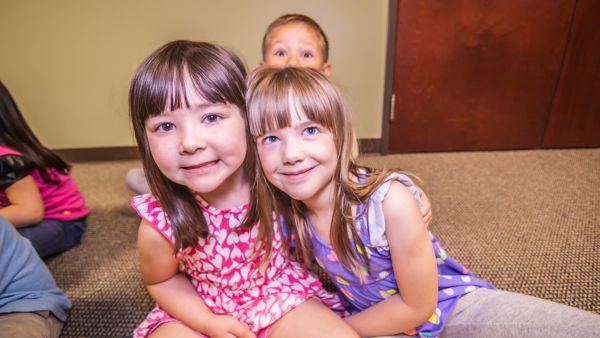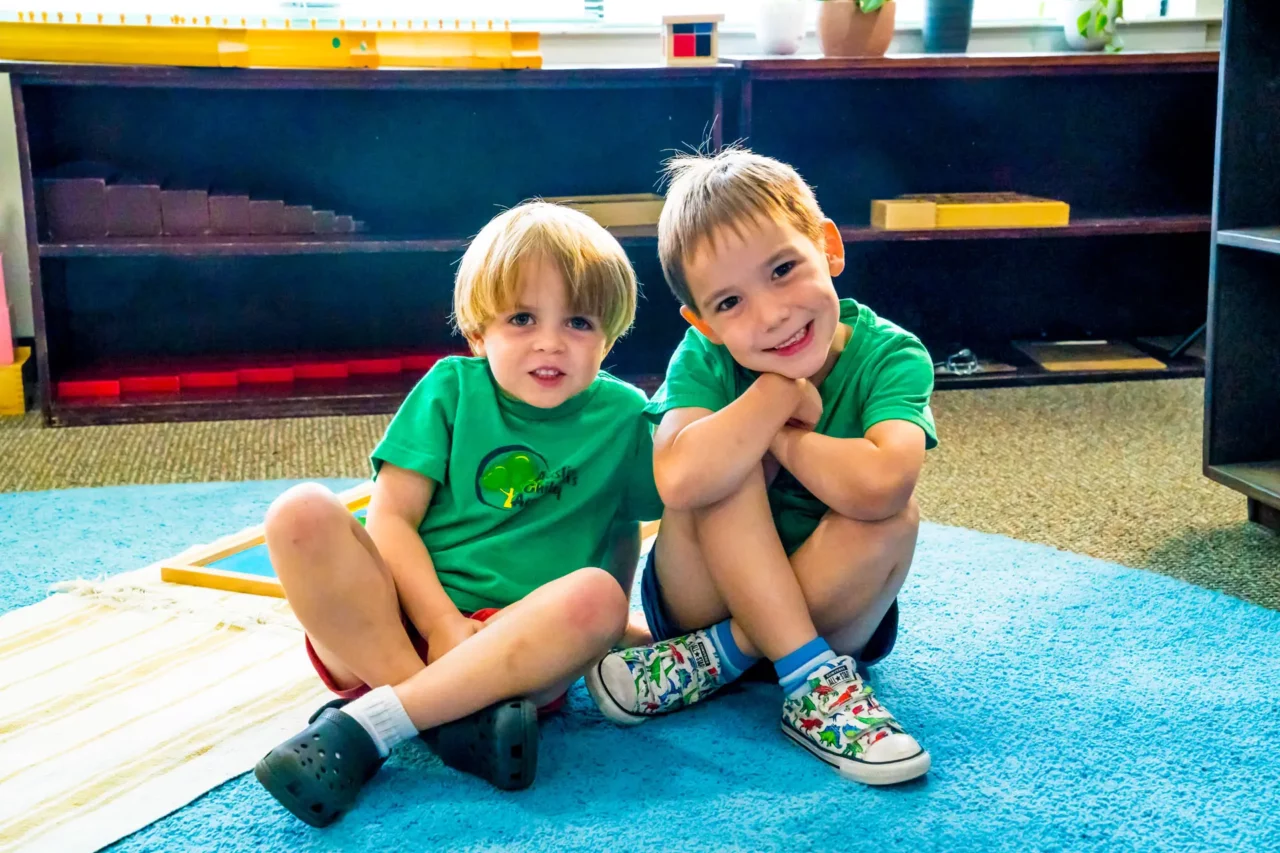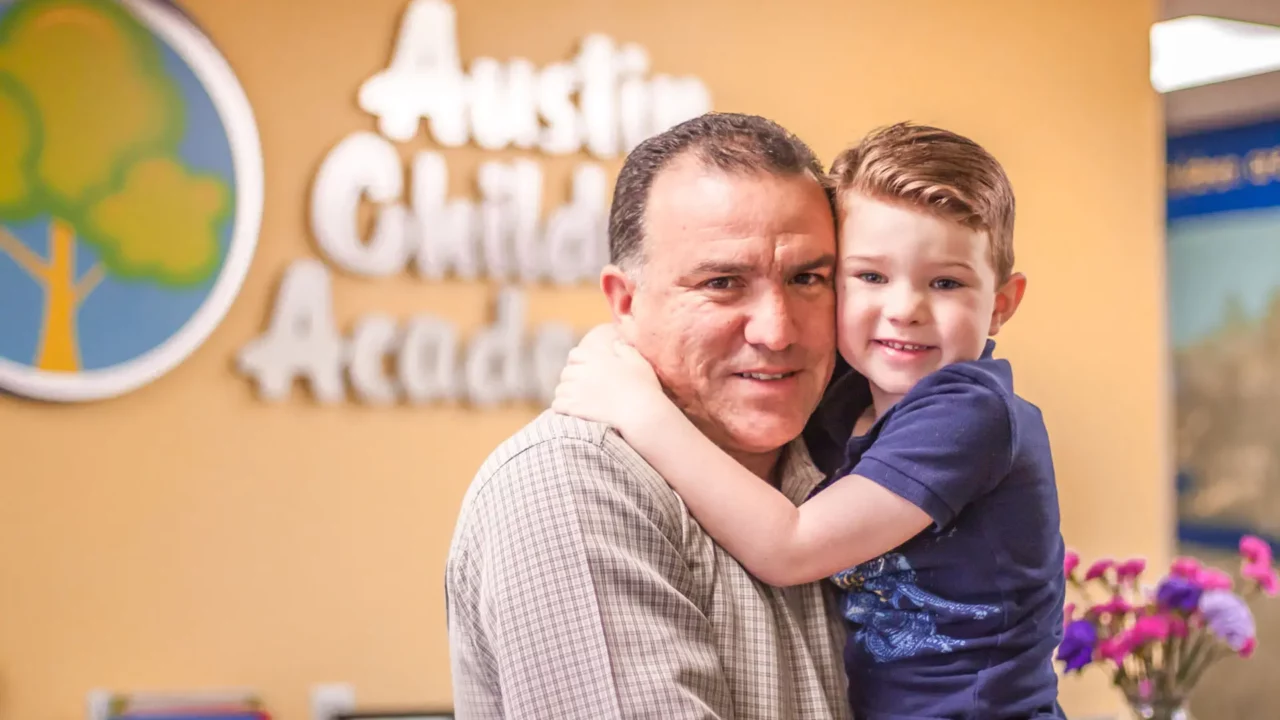
A long, uninterrupted sleep is vital for both children and parents, yet when kids are young it is one of the rarest of gifts. Every parent learns the tricks to lull babies into sleep. Some use white noise machines, others electronic rockers, and many salt the crib with pacifiers. As those babies become toddlers, parents may create elaborate before-bed rituals to lure active children away from toys and coax them into slumber.
But what do you do when your older child bolts awake in the middle of the night, screaming? What do you do when you discover your grade schooler wandering zombie-like through the house?
The Woozy Wanderer
The good news about sleepwalking, or somnambulism, is that it’s more common than you’d think. It’s generally not a manifestation of emotional or psychological problems, although stress may be a contributing factor. The tendency runs in families and most children outgrow it by their teens.
During somnambulism, a child is in one of the deeper stages of the sleep cycle. Though his eyes may be open, he won’t always be coherent or even know where he is. If you come upon your child sleepwalking, resist the urge to startle him by waking him. Gently guide him back to his bed after a detour the bathroom, since a full bladder is sometimes a trigger for nocturnal wanderings. If your child sleepwalks frequently, consider taking these further precautions:
- Keep the bedroom floor free of toys and clutter
- Secure windows and lock doors throughout the house
- Use safety gates to protect him from falling down stairs
- Make sure he uses the bathroom before going to bed
- Adhere to a regular sleep schedule
The Distressed Dreamer
When your child wakes up sobbing about the monster in the closet, what she needs most is cuddling and comfort. Nightmares are quite common. Some studies suggest that up to half of preschool-age children experience frightening dreams. During this imaginative age period, children are venturing out into the greater world and experiencing their first taste of independence. Their dreams vividly evoke fear of loss, injury, and lack of control.
The best medicine is quiet, steady reassurance. Offer your child a comfort object such as a favorite stuffed animal or blanket. Stay with her a while, and keep her bedroom door open and a nightlight on. Find time to talk about the nightmare in the light of day. It might also be a good idea to avoid books and TV shows about zombies, hauntings, or monsters for a while.
The Fearful Fighter
It’s the middle of the night and you hear your child screaming. You race to his room to find him bolt upright on his bed, wet with sweat, battling his blankets, clearly terrified. You try to calm him, but he’s utterly inconsolable and not even aware that you’re there. Your child is experiencing the most frightening of sleep disruptions, night terrors.
Night terrors are thought to arise from an overreaction of the central nervous system as your child shifts from one phase of sleep to another. Ironically, as horrifying as they seem to a helpless, witnessing parent, a child rarely remembers the terrors the next day. Unlike nightmares, there’s no vivid imagery to haunt him later.
The best way to handle the terrors is also the most difficult: Patience. Rather than waking your child into confusion and disorientation, make sure he doesn’t hurt himself as he thrashes through the event. Most children will simply calm down and fall into a deeper sleep without ever rising into consciousness. For more guidance, check out these further tips on how to handle night terrors in kids.






